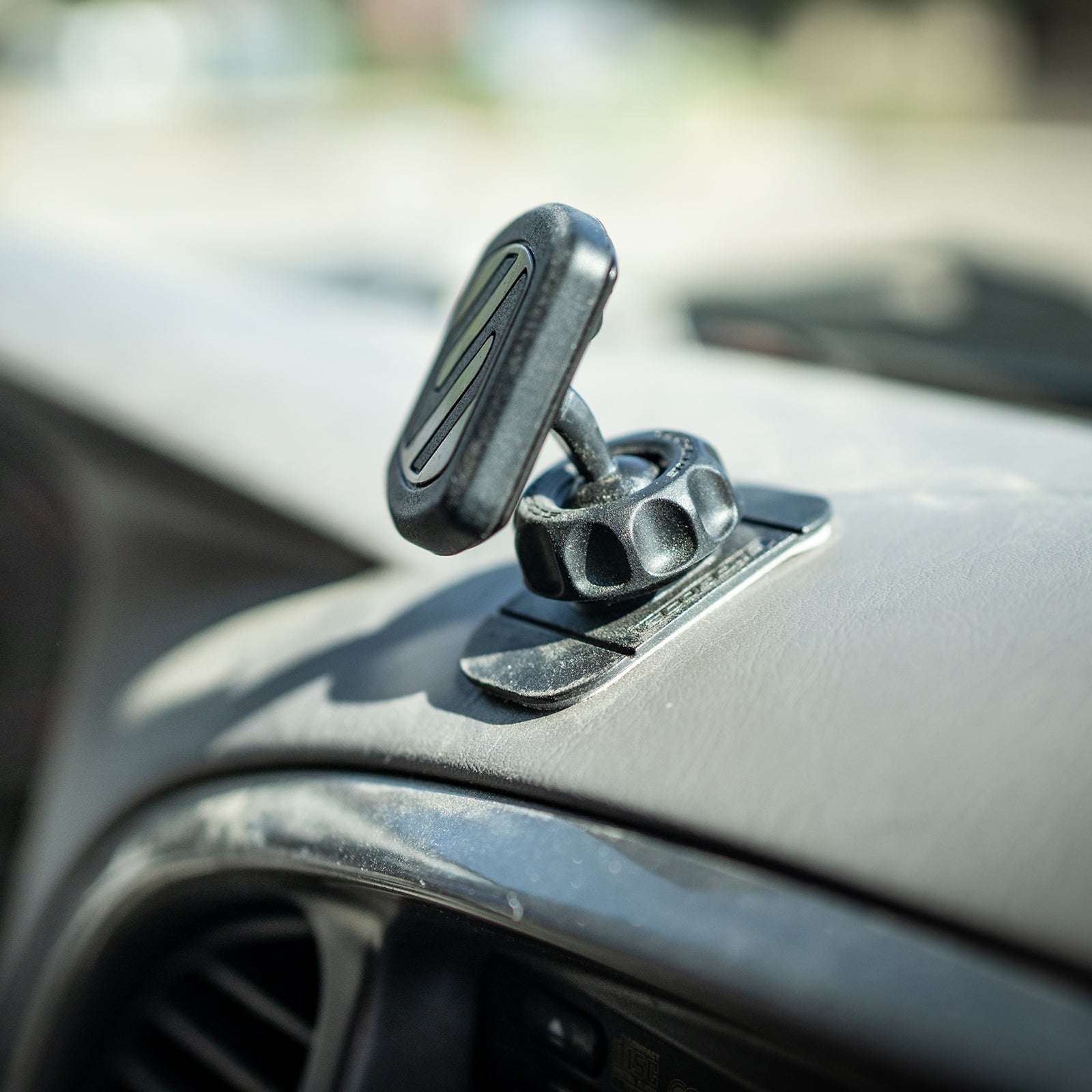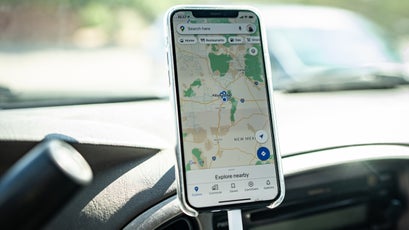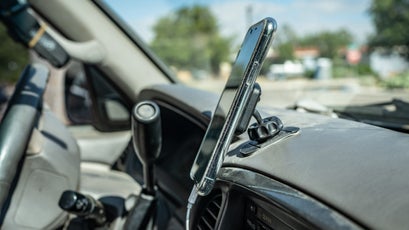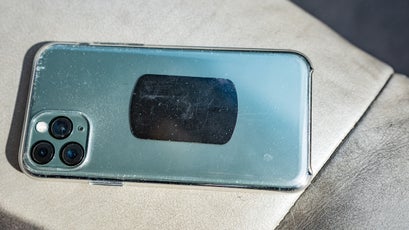This summer┬áI developed a minor┬áobsession with phone mounts for my car. IÔÇÖm building┬ámy 2003 Toyota Sequoia into an overlanding rig┬áand wanted something that would hold my phone securely and display my screen while I navigated bumpy┬ádirt roads.
Thinking I needed something beefy, I immediately bought an ┬áwith a phone holder and long metal arm that attached to the passenger-seat rail. It took hours to affixÔÇöand then it came loose within a week. Frustrated, I contacted a buddy who runs an overlanding shop and asked if he could drill a phone mount into my dashboard to eliminate any jiggling.┬áHe said yes, but suggested that instead of spending over $100 for labor and putting holes into my car, I should head to Home Depot and buy a tiny Scosche mount instead.┬á
I was surprised that someone whose truck has $80,000 worth of upgrades was running a $12 phone mount. But I trust his advice,┬áso I went next door, found the , slapped it┬áon my dash,┬áand never looked back.┬áMy phone immediately locked in place and didnÔÇÖt budge.┬á
The following week, my partner and I spent two days driving technical backcountry roads marked with washboards, rock gardens, and giant ruts. While everything else in the truck rattled (including my Ram mount), my phone rested on the dash totally unfazed.
The fact that┬áMagicMount is small┬áis what makes it work so well. More specifically, the dash-mount arm is so stubby that it canÔÇÖt jiggle around. Other dash and windshield mounts often use longer (four- or five-inch) arms that protrude from a base.┬áIÔÇÖve never been able to get those arms connected tightly enough to the base to cut out any motion.┬á
To set up the MagicMount, you first attach its┬áplastic base to your dash with a peel-back adhesive. On top of the base is a small┬áplastic swivel plate with a magnet. Once the base is attached, you adjust the swivel plate to face the direction┬áyou want, then you┬ámount a second, superthin magnet to the back of your phone or phone case. You can also slip the magnet between your phone and phone case and forgo an adhesive. The magnet on your phone then attaches to the magnetic swivel plate, and youÔÇÖre done.
I was worried the adhesive would start to wear out over time, but that hasnÔÇÖt been the case. After months of hard testing, the base is still solid, and my phone hasnÔÇÖt slipped once. IÔÇÖm using an┬áiPhone 11 Pro, but based on the rigidity of the tension on the swivel,┬áI have no doubt that people with larger phonesÔÇölike the 11 Pro MaxÔÇöwonÔÇÖt see any slips┬áeither.
The next accessories I plan to buy┬áare the ($20)┬áand the ($30), the latter of which IÔÇÖll use to hold an iPad on the back of the passenger seat┬áfor the kids so they can watch a movie on longer┬ároad trips.





